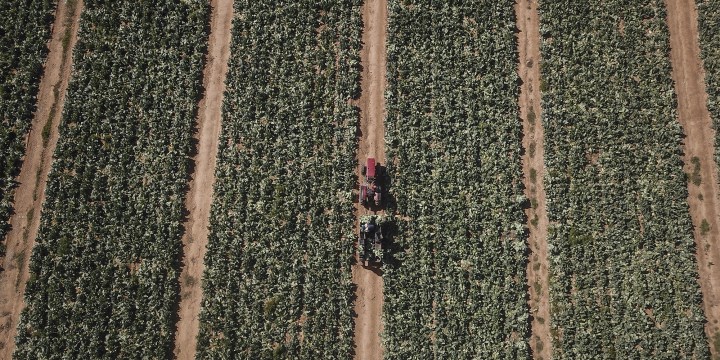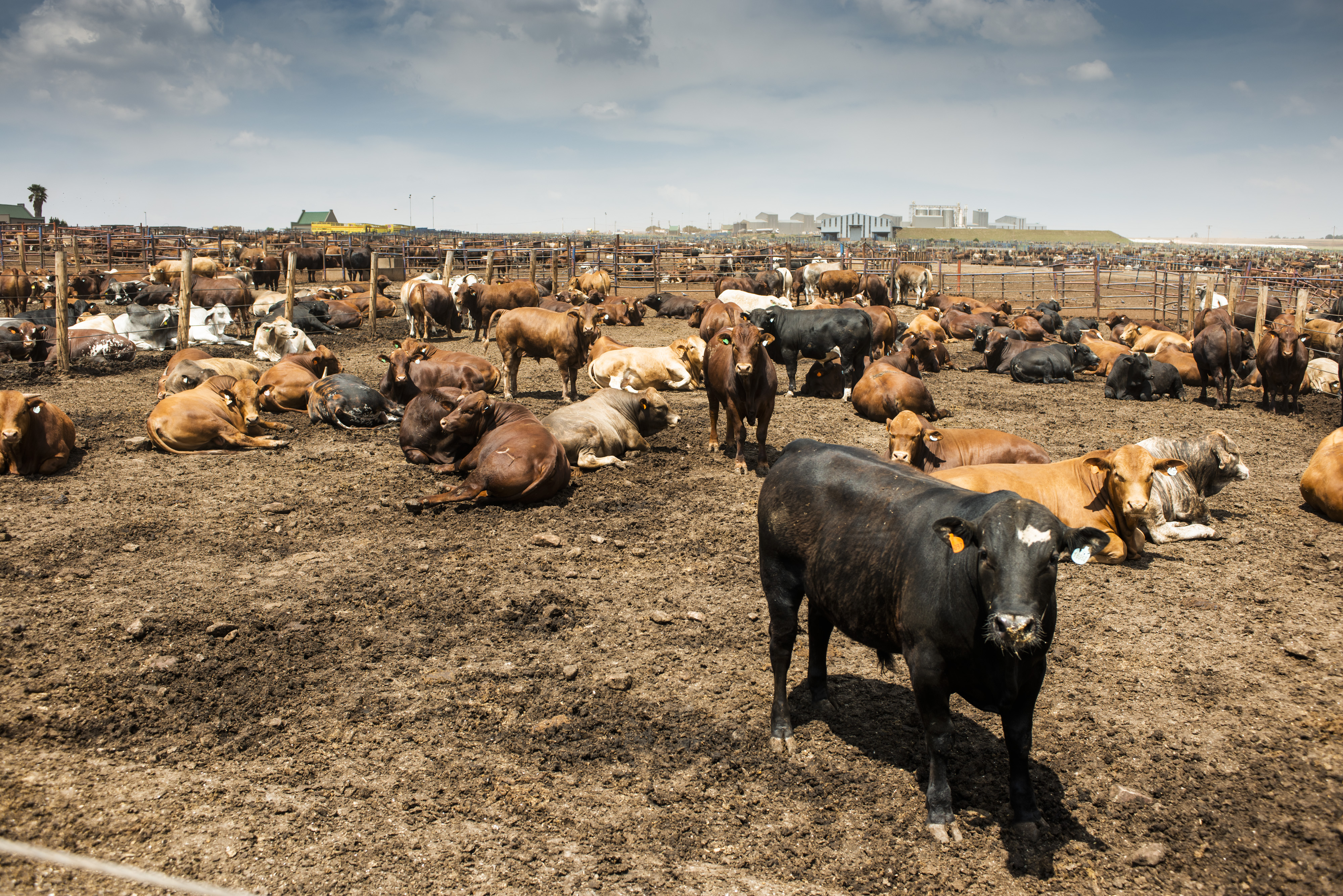FARMING FOCUS OP-ED
SA agriculture shows mild decline in 2022, but positive developments bode well for 2023

It has been a relatively good year for agriculture, despite a range of challenges that include poorly functioning network industries — roads, rail, ports, water, and electricity — and service delivery problems in municipalities, leading to an increase in business costs.
We are nearing the end of a challenging year in South Africa’s agriculture. The sector’s gross value added will likely show a mild contraction when the data for the entire year is published by March next year. This would be a notable shift from two consecutive years of solid growth with the sector having expanded by 14.9% y/y in 2020 and 8.8% y/y in 2021.
Mild declines in critical crop harvests such as maize, production challenges in the sugar industry, trade friction in fruits, vegetables, beef and wool, as well as widespread foot-and-mouth disease weighed on the sector’s performance this year.
In a slightly more technical sense, the strong growth in the last two years has created an exceptionally high base, setting the ground for some pullback. Therefore, despite the expected moderate decline in 2022, it is important to note that overall activity has remained strong and the sector maintained its core contribution of improving national food security and job creation.
On the food security front, South Africa’s ranking in The Economist’s Global Food Security Index has improved. This index ranks South Africa at 59 out of 113 countries, improving from 70th position in 2021. This places South Africa as the most food-secure country in Africa, followed by Tunisia, ranked 62nd. This improvement is commendable.
When looking at the index scoring’s technical position, it becomes clear why South Africa’s food security conditions have improved, as the “headline” ranking shows. Notably, South Africa’s progress in the Global Food Security Index is not merely because other countries have regressed notably since the start of the Russia-Ukraine war, which increased global food prices.

A worker handles ground corn to be used in livestock feed in an arranged photograph on the Ehlerskroon farm, outside Delmas in the Mpumalanga province, South Africa (Photo: Waldo Swiegers/Bloomberg via Getty Images)
South Africa’s scoring came in at 61.4 for 2022, a notable improvement from 57.8 in 2021. In the four sub-indices that comprise the Global Food Security Index — namely; 1) food affordability, 2) food availability, 3) food quality and safety, and 4) sustainability and adaption — there was a deterioration only in the food affordability sub-index, while the rest improved.
Regarding jobs, South Africa’s primary agriculture had 873,000 people employed by the third quarter of 2022, up 5% y/y. Notably, this is well above the long-term agricultural employment of 780,000. As with the previous quarter, the increased farm activity in some vegetables, fruits and field crops sustained robust employment. This speaks to the sector’s resilience amid many domestic and global economic and geopolitical challenges in 2022.
The export revenue from the sector also remains encouraging, despite the trade frictions South Africa experienced with its citrus in the EU, wool in China and vegetables in Botswana and Namibia. For example, in the data we have for the first eight months of this year, South Africa’s agricultural exports amounted to $8.9-billion, up by 6% from the first eight months of 2021.
The generally higher commodity prices have also contributed to this increase in export values. In these months, the African continent and Europe remained vital markets, accounting for two-thirds of total export earnings. Citrus, maize, nuts, wine, sugar, apples and pears, and grapes were among the key exports, especially in the latter months under consideration.
Visit Daily Maverick’s home page for more news, analysis and investigations
There have also been important policy developments and programmes that came into effect this year, which, if implemented effectively, could boost long-term growth for the sector. For example in May, the industry role-players together with the Department of Agriculture, Land Reform and Rural Development (Dalrrd) launched the Agriculture and Agro-processing Master Plan. This is a socio-compact programme which requires a collective effort of all agriculture role-players to succeed.
Importantly, the programme was co-created by all partners, which means it enjoys a shared vision for the sector’s growth agenda. The Master Plan reflects on key growth-constraining factors of the sector and further proposes solutions on sectoral cross-cutting and commodity-oriented issues.
Meanwhile, the launch of the blended finance instrument between the Dalrrd and Land Bank was an important step that will support the implementation of the Master Plan. The industry wishes for this blended finance instrument to be broadened and increase the support of other financial institutions. This will likely occur in the coming months as there has been enormous progress in the programme design.
The one area where there has been minimal progress and where expectations were high at the start of the year is the launch of the Agricultural Development and Land Reform Agency, which we believe could help to accelerate the redistribution pillar of the land reform programme.
The agency was mentioned on various occasions by South African President Cyril Ramaphosa and Minister of Agriculture, Land Reform and Rural Development Thoko Didiza. We understand that there has been considerable progress in structuring this agency, and when launched, it could play an important role in land reform. This will be an additional instrument to support the Master Plan.

Cattle rest in pens at the Karan Beef (Pty) Ltd. feedlot in Heidelberg, outside Johannesburg, South Africa. (Photo: Waldo Swiegers/Bloomberg via Getty Images)
All this has been achieved while South Africa’s agriculture continues to face a range of exogenous challenges. These include poorly functioning network industries — roads, rail, ports, water, and electricity — and service delivery problems in municipalities, leading to increased business costs.
Moreover, there is a need to expand export markets beyond the country’s traditional markets. The priority countries should be China, South Korea, Japan, the US, Vietnam, Taiwan, India, Saudi Arabia, Mexico, the Philippines and Bangladesh. These countries have a sizable population and have large imports of agricultural products, specifically fruits, wine, beef and grains. These countries are already on the radar of the South African authorities.
In sum, the year 2022 presented various challenges to the sector. Still, the resilience ensured that the core objectives, such as food security and job creation, are met amid the intensified geopolitical and rising input costs largely outside South Africa’s control. The 2022/23 summer season presents prospects of a La Niña, which is already evident from the recent heavy rains across South Africa.
These favourable weather conditions (assuming they won’t be destructive) combined with farmers’ drive to increase plantings, imply that 2023 could be a year of recovery from a potential contraction in 2022. Importantly, accelerated implementation of the programmes we highlight above in 2023 would be an even more important catalyst for the sector’s long-term growth.
The government must lead the implementation role, complemented by all agriculture role players, as South Africa focuses on a socio-compact approach to agricultural expansion and development. DM
Wandile Sihlobo is chief economist at the Agricultural Business Chamber of SA, and is a Senior Fellow at Stellenbosch University’s Department of Agricultural Economics. He is the author of Finding Common Ground: Land, Equity and Agriculture.


















 Become an Insider
Become an Insider
Comments - Please login in order to comment.